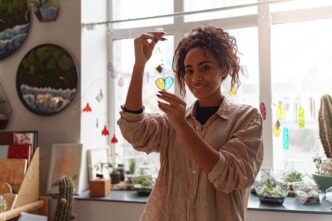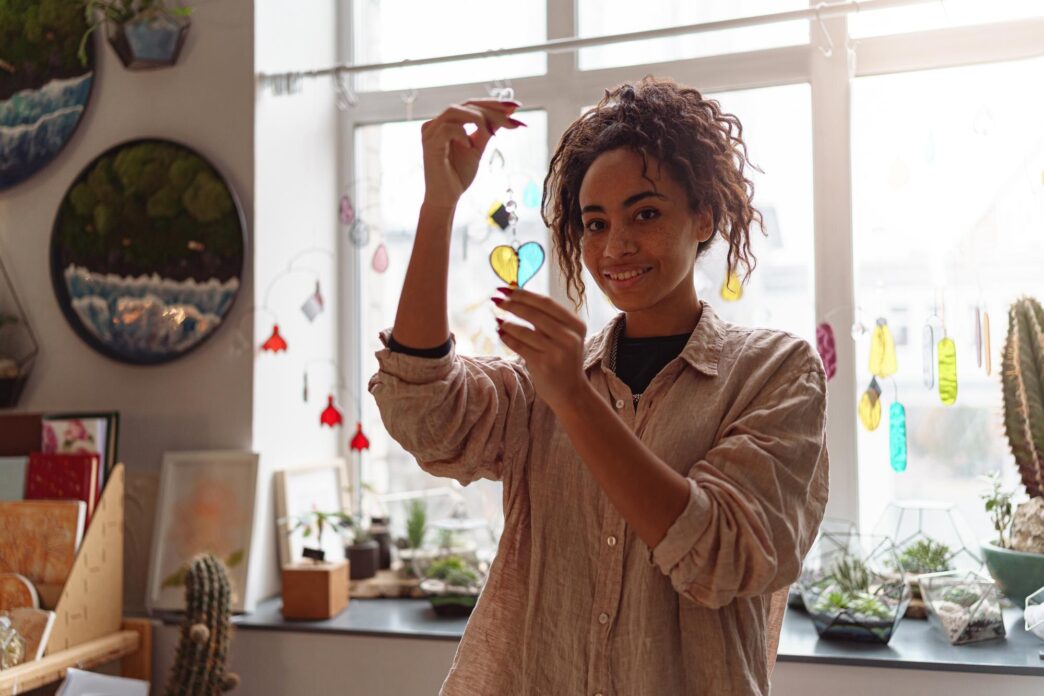A Quick Takeaway
The Story Behind the Trend
How to Make It Work for You
The Community View
Embarking on a creative hobby today is a transformative step for anyone seeking to enrich their life, regardless of their perceived artistic talent or prior experience. This accessible journey, which can begin right now in your own home or community, serves as a powerful antidote to stress, a conduit for self-expression, and a vital pathway to enhanced mental well-being. By dedicating even a small amount of time, individuals can unlock dormant potential, develop new skills, and cultivate a profound sense of joy and accomplishment.
The Profound Benefits of Creative Pursuits
Engaging in creative activities offers a multitude of benefits that extend far beyond simply producing a piece of art. It acts as a form of active meditation, allowing individuals to focus intently on the task at hand and quiet the often-overwhelming chatter of daily life. This mindful engagement can significantly reduce stress and anxiety levels, providing a much-needed mental respite.
Creativity also serves as a crucial outlet for emotional expression, helping people process feelings that might be difficult to articulate verbally. Whether through painting, writing, or playing music, the act of creating provides a safe space for emotional release and exploration. Furthermore, regularly engaging your creative muscles can boost problem-solving skills, improve cognitive function, and foster a greater sense of adaptability.
Dispelling the Myth: “I’m Not Creative”
One of the most significant barriers to starting a creative hobby is the pervasive belief that one “isn’t creative.” This misconception often stems from childhood experiences or comparisons to professional artists. The truth is, creativity is an innate human trait; it simply manifests differently in everyone and requires nurturing to flourish.
Fear of failure or judgment is another common hurdle. Many people hesitate to create because they worry their work won’t be “good enough” or will be met with criticism. It is essential to remember that a hobby is for personal enjoyment and exploration, not for professional critique. The process itself holds more value than the final product.
Concerns about lack of time or resources can also deter potential artists. However, creativity doesn’t demand vast amounts of time or expensive supplies. Even short, consistent bursts of activity with minimal materials can yield immense personal satisfaction and progress.
Discovering Your Artistic Niche
Finding the right creative outlet begins with curiosity and self-reflection. Consider what activities genuinely pique your interest or what you enjoyed doing as a child. Perhaps you loved drawing, building things, writing stories, or singing.
Explore a diverse range of mediums without committing to anything long-term initially. This could include visual arts such as painting, drawing, sculpting, or photography. Performing arts like playing an instrument, singing, or dancing also offer powerful creative avenues. Literary arts, including creative writing, poetry, or journaling, can be incredibly rewarding. Don’t overlook crafts like knitting, pottery, woodworking, or even cooking and gardening, which are inherently creative processes.
The goal is to experiment and discover what resonates with you, what brings you a sense of flow and enjoyment. There is no right or wrong choice, only what feels good and sustainable for your personal journey.
Simple Steps to Begin Your Creative Journey Today
Start Small and Simple
Do not feel pressured to invest in elaborate equipment or commit to a complex project from the outset. Begin with just a few basic, affordable supplies. For drawing, this might mean a pencil and a notebook; for writing, a pen and paper or a digital document. The key is to remove any initial friction that might prevent you from starting.
Dedicate Specific Time
Consistency is more important than duration. Set aside a small, manageable block of time each day or week, even if it’s just 15-30 minutes. Treat this time as non-negotiable, just like any other important appointment. This regular practice builds momentum and reinforces your commitment.
Seek Inspiration, Not Comparison
Look to other artists and creators for ideas and motivation, but avoid the trap of comparing your beginner efforts to their seasoned masterpieces. Understand that everyone starts somewhere. Use others’ work as a springboard for your own unique expression, rather than a benchmark for self-criticism.
Embrace Imperfection
Shift your focus from achieving a perfect outcome to enjoying the creative process itself. Mistakes are not failures; they are opportunities for learning and discovery. Allow yourself the freedom to experiment, make messes, and create things that may not turn out exactly as you envisioned. The joy is in the doing.
Learn and Grow Continuously
The internet offers a treasure trove of free tutorials, videos, and online courses for almost any creative pursuit. Local community centers, libraries, and art studios often offer affordable classes. Books and workshops can also provide guidance and new techniques. Continuous learning keeps the hobby fresh and exciting.
Sustaining Your Creative Spark
To ensure your creative hobby becomes a lasting part of your life, integrate it into your routine in a way that feels natural and enjoyable. Celebrate small milestones and personal achievements, no matter how minor they seem. Be patient and persistent with yourself; some days will feel more inspired than others, and that is perfectly normal.
Allowing yourself the space to explore, make, and express is a profound act of self-care. It’s an investment in your mental, emotional, and even physical well-being that pays dividends in joy, resilience, and a deeper connection to your authentic self.







